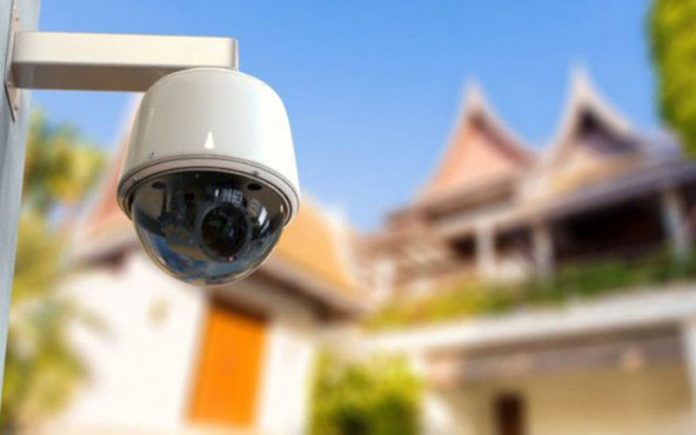
After deciding which system fits the homeowner’s needs best, comparing prices is the next step.
Here are two sample quotes from Malaysian CCTV surveillance solutions providers, to help in understanding what the different specifications mean in order to find the most cost-effective solution:
Example A: Analog camera CCTV solution connected to a DVR

- 1 unit * HIkvision 4-channel DVR
- 4 units * 2MP indoor or outdoor cameras
- 1 unit * 1TB hard disk
- 1 * power supply
- 4 * installation
How to read this quote:
- ‘4-channel DVR’ means that the DVR can record a maximum of 4 cameras simultaneously.
- ‘2MP’ means 2 megapixels. This is also referred to as ‘FullHD’. The video resolution is around 1080p, the equivalent of Blu-Ray quality.
- With a 1TB hard disk, around 19 days of continuous footage can be stored in the DVR before it becomes full.
- As this is a DVR solution, assume that the cameras are analogue, and will need to be connected to the DVR using coaxial cables. Furthermore, each camera will need its own power supply.
Example B: IP camera solution connected to an NVR

- 1 unit * 8-channel stand-alone 4K NVR.
- 4 units * 2MP FullHD POE IR IP camera
- 1 unit * WD Purple hard disk
- 1 unit * 4-port POE switch
- Workmanship and installation
How to read this quote:
- “8-channel NVR” means that the NVR can record a maximum of eight camera feeds simultaneously.
- It’s an NVR, so that means all the cameras are IP cameras, not analogue. ‘Stand-alone’ means that the entire system is not connected to the internet and does not use home WiFi.
- All the cameras will be wired up to the NVR using CAT-6 network cables.
- ‘4K NVR’ means that the NVR can handle higher-resolution cameras above 2.1 megapixels. Note that this package only includes 2.1-megapixel cameras.
- POE IR IP camera’ means power-over-ethernet, which means the network cable connecting the NVR to the camera also powers it. This is the same as a mobile phone’s USB cable being used for charging as well as data transfer. ‘IR’ means infrared, so it can record clear footage even at night (up to a certain distance).
- ‘FullHD’ is the equivalent of 1080p or 2.1 megapixels.
- With a 1TB hard drive, it can probably record about 19 days of continuous footage from four cameras before it becomes full.
- ‘4-port POE switch’. This is the network switch where all the cameras (and the NVR) will plug into. It will need to be plugged into a power source as well.
Based on the two quotes above, a four-unit IP camera solution is almost RM1,000 more expensive than a four-unit analogue camera solution.
But the IP camera solution can be expanded to eight cameras without needing to replace any components.
How does this compare to buying a few CCTV cameras from the electronics store?

Looking at the prices above, people may be tempted just to buy cameras and set them up themselves.
An equivalent 1080p WiFi CCTV camera from D-Link costs about RM300 each so four is RM1,200, right? But this does not include the price of the storage cards, and the cameras must be installed.
Another downside is that the cameras will transmit data using the home WiFi so if there are problems with it, the live feed cannot be viewed. And, if the cameras regularly save footage to a cloud storage account, it may slow down the internet.
There are many CCTV solutions in the market, but the choice must be made based on key factors such as the location and number of cameras and how to access and record the footage.
Analogue cameras are cheaper than IP cameras, but the price gap is narrowing as technology improves. For the best results, talk to a CCTV specialist.
This article originally appeared on Recommend.my – Malaysia’s No 1 Home Improvement Services Platform.
Recommend.my offers a safer and more convenient way to hire the best home improvement and home maintenance professionals. From flooring to interior design to air conditioner servicing, get access to thousands of the best local contractors and professionals at your fingertips.



